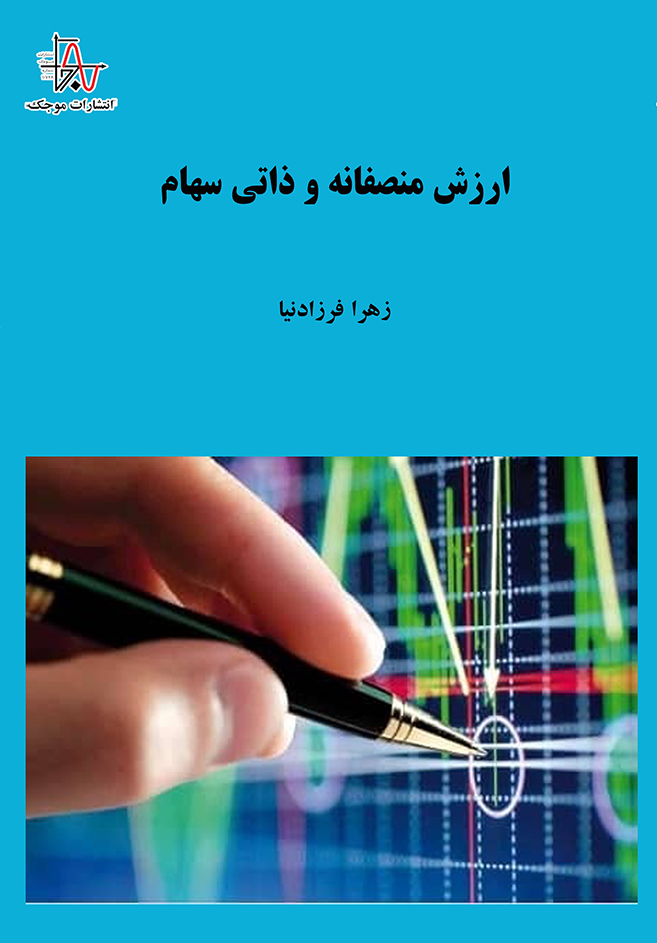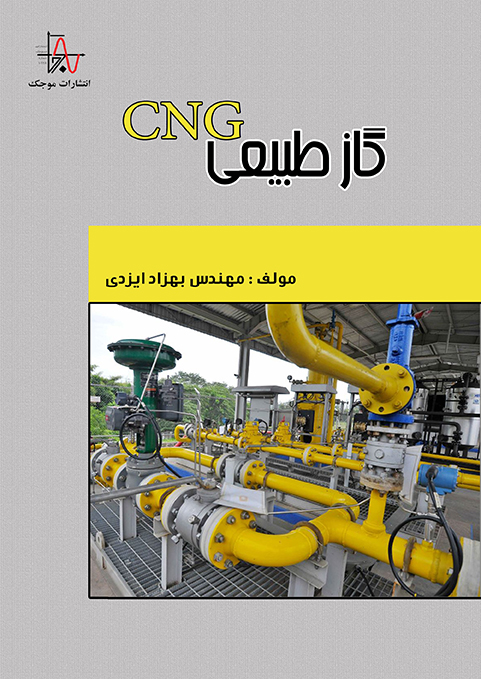ناشر : انتشارات موجک
کد کتاب : M663
عنوان : ارزش منصفانه و ذاتی سهام
تاليف : زهرا فرزادنیا
مشخصات ظاهری : ۸۹ صفحه، قطع وزيری
چاپ اول : بهار ۱۴۰۰، تيراژ : ۵۰۰ جلد
قيمت : ۱۷۹۰۰۰۰ ريال، شابک : ۷-۳۳۵-۹۹۴-۶۰۰-۹۷۸
حقوق چاپ و نشر برای ناشر محفوظ است.
————————————————————————————————————————————————————————————————————————–






نقد و بررسیها
هیچ دیدگاهی برای این محصول نوشته نشده است.